"Light" microchip and vertical expansion. How to improve energy efficiency of data center infrastructure
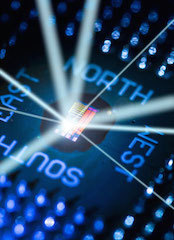 After 5 years, according to the forecasts of research companies, the power consumption of server farms will grow at least twice. This does not allow electricity suppliers to sleep well, because some are worried that they will not be able to meet the increased demand in full volume.
After 5 years, according to the forecasts of research companies, the power consumption of server farms will grow at least twice. This does not allow electricity suppliers to sleep well, because some are worried that they will not be able to meet the increased demand in full volume.Looking for a solution, data center operators create their own power sources, you just have to remember such giants as Apple, Google, Microsoft, who prefer alternative energy (wind, solar) to power their server farms.
In order to improve the energy efficiency of controlled facilities and reduce the load on the central grid, additional generating capacity is created, innovative approaches are used to improve the energy efficiency of data centers.
')
Optical microprocessor
For many years, attempts have been made to create a microprocessor that would use optical connections for data transmission. All such attempts were “crowned” with failure. At the moment, it is no longer just a “poet’s dream” and some theory, the researchers created the first working microprocessor based on light through the use of existing microelectronic production technology, which uses energy-efficient optical connections. Optical network technologies provide opportunities for a significant increase in the speed of information transfer due to the acceleration of data flow through the use of light pulses instead of electrons flowing through wires.
Scientists, developers from the University of Colorado - Boulder (Colorado University Boulder), Massachusetts Institute of Technology (Massachusetts Institute of Technology), University of California (The University of California, Berkeley) created an electronic optical microprocessor.
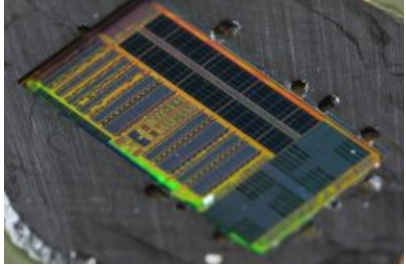
The chip, 3 x 6 mm in size, is connected to the memory with the help of optical fibers, receivers and transmitters, which provide a high speed of information exchange.
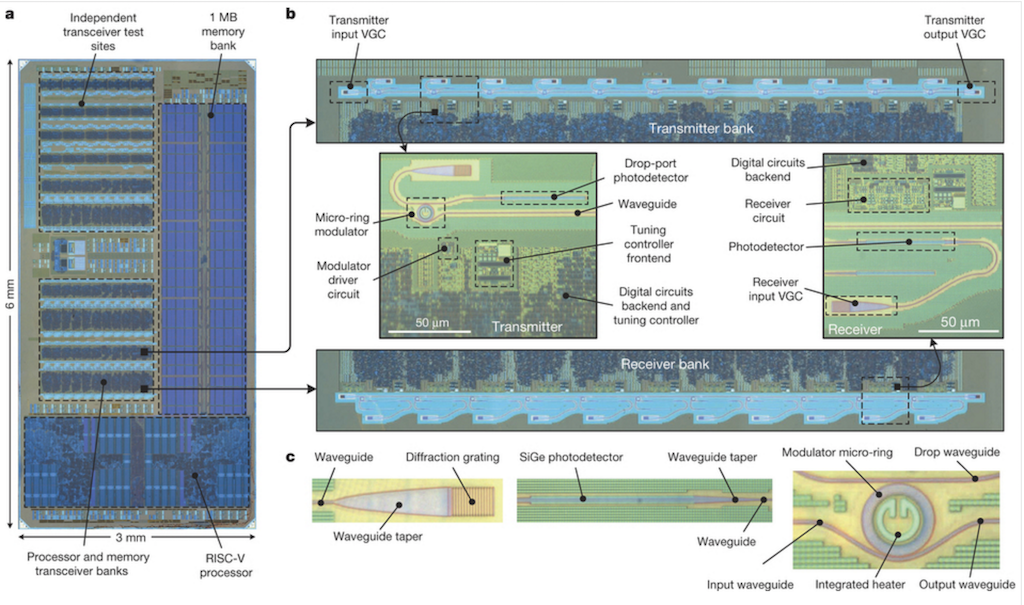
The figure shows the placement on the chip of processor memory, receivers and transceivers, photo detectors (photosensors), modulators based on ring resonators .
The data transfer rate reaches 300 gigabits per second, which is almost 50 times faster than the exchange rate of information when using “standard” processors. The development contains a total of 70 million transistors, 850 optical components, optical fibers, special transmitters and receivers are used to transfer data between the processor chip and memory chips. The theoretical bandwidth of all transceivers on a chip during its operation is 550 gigabits per second (Tx - packet transmission) and 990 gigabits per second (Rx - packet reception).
The table shows the characteristics of the chip:
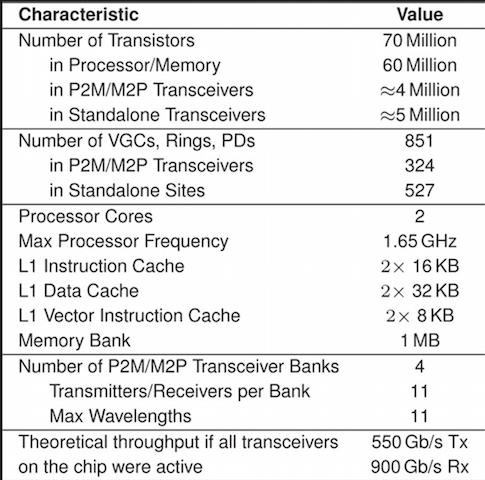
Thanks to optical connections, large amounts of data are transferred faster, the same amount of electricity is consumed as for electrical connections.
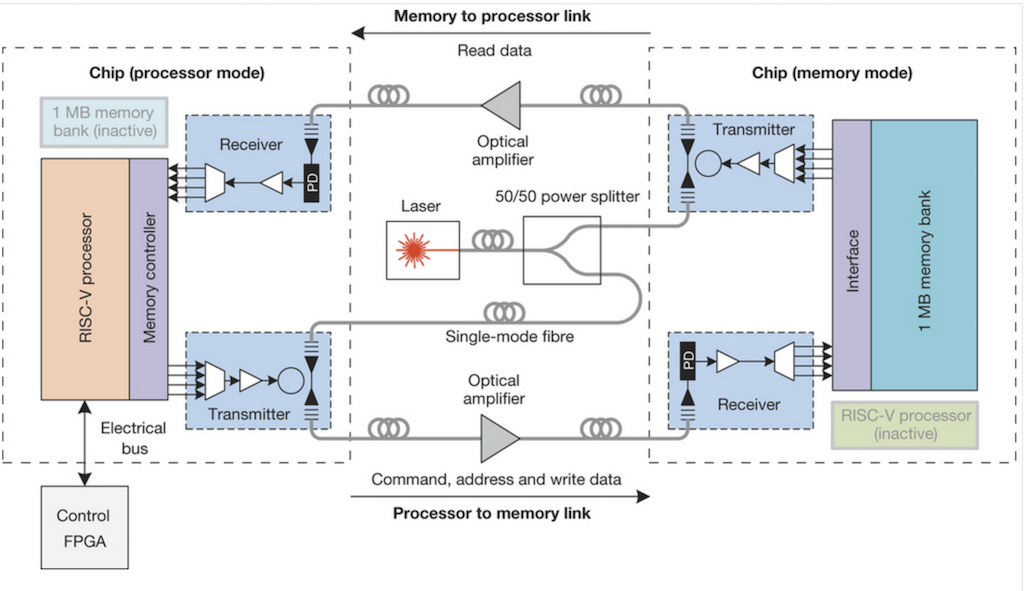
Block diagram of system memory in an optical microprocessor
This increased bandwidth will save a significant amount of power for server farms. After all, according to researchers, one fourth of the electricity that is used by servers inside server farms is spent on transferring data between the processor, network cards and memory. New development will help reduce this figure, which in turn will reduce the load on the power distribution system and server cooling system.
Three phase power supply and vertical expansion
Raritan International, a leading global manufacturer of KVM switches and solutions for organizing remote access and management of servers and other network devices, has offered its own method to increase the efficiency of server farms. Experts believe that by increasing the height of the racks in the turbine hall (vertical expansion), with an increase in the placement density of IT equipment and the organization of three-phase power supply at the level of individual racks, not a small amount of electricity will be achieved. After all, space is an important resource that server farm operators need to use efficiently. Increasing the height of the rack, it will be possible to place a greater amount of computing power inside such a rack. This method, however, requires additional costs, as there is a need to switch to high-performance cooling systems, such as immersion systems, direct-contact liquid cooling systems of servers. By the way, the transition to liquid cooling technology is also beneficial compared with air-cooled systems:
In order to reduce the cost of cabling, you can use three-phase power at the level of each mounting rack, this will increase the reliability of the electrical infrastructure. A reduction in the number of electrical circuits and an increase in the free space used for additional devices will also improve air circulation, which in total will markedly increase the energy efficiency of the infrastructure of server farms and reduce energy consumption.
True, no one gives guarantees for the dissemination of the results obtained in real life, because there is still a lot of additional work to be done to make this possible.
Source: https://habr.com/ru/post/371569/
All Articles